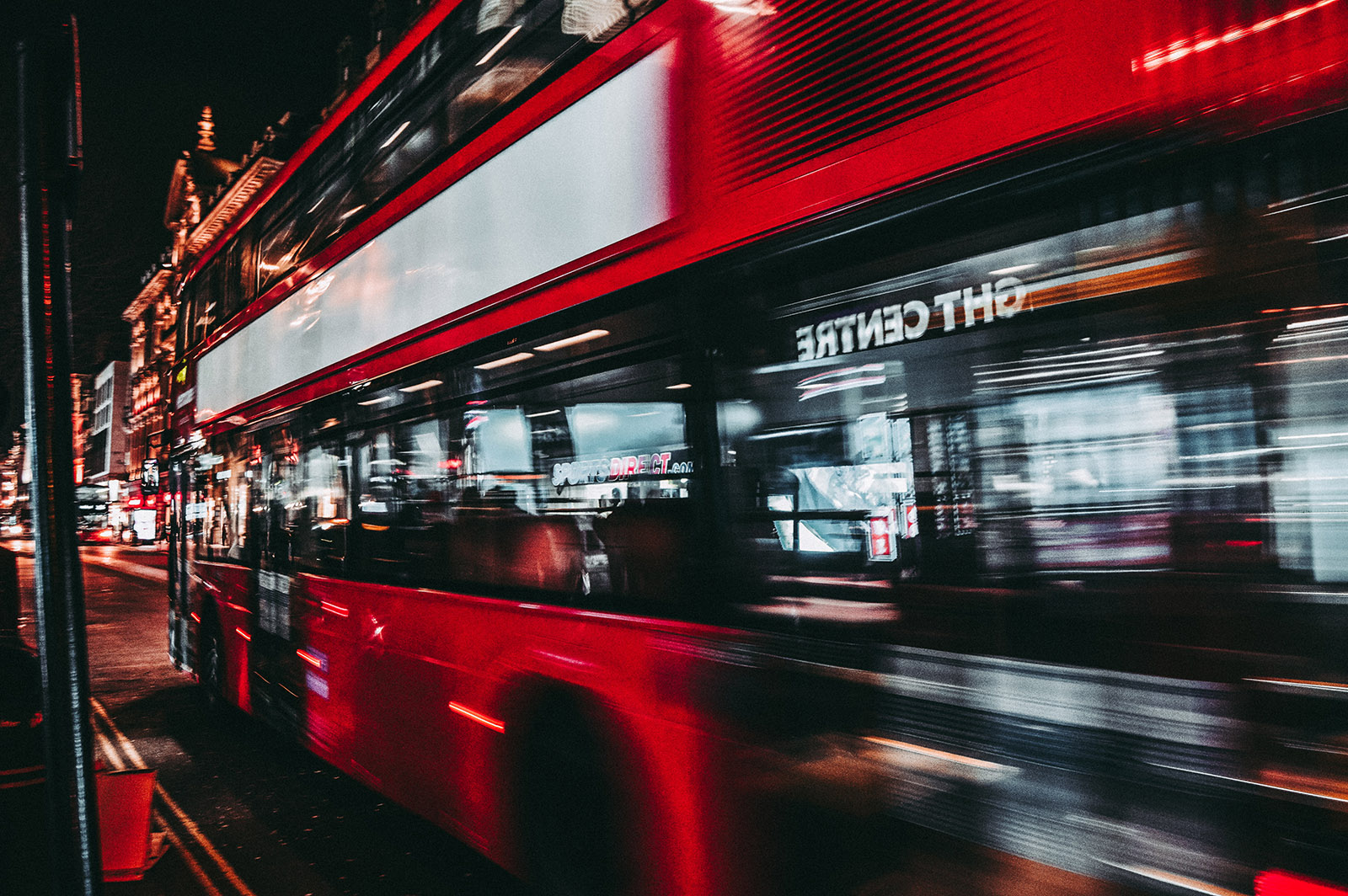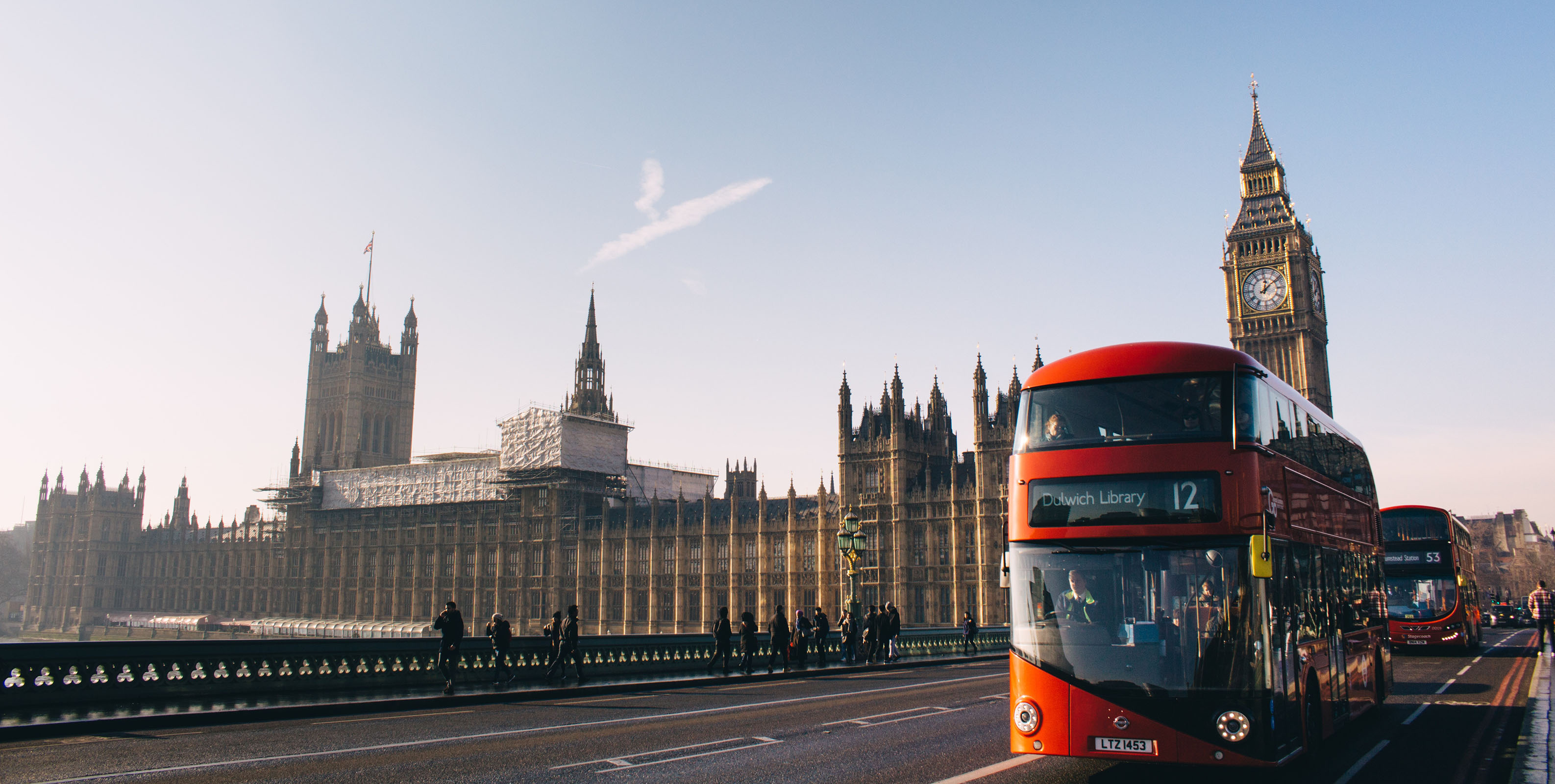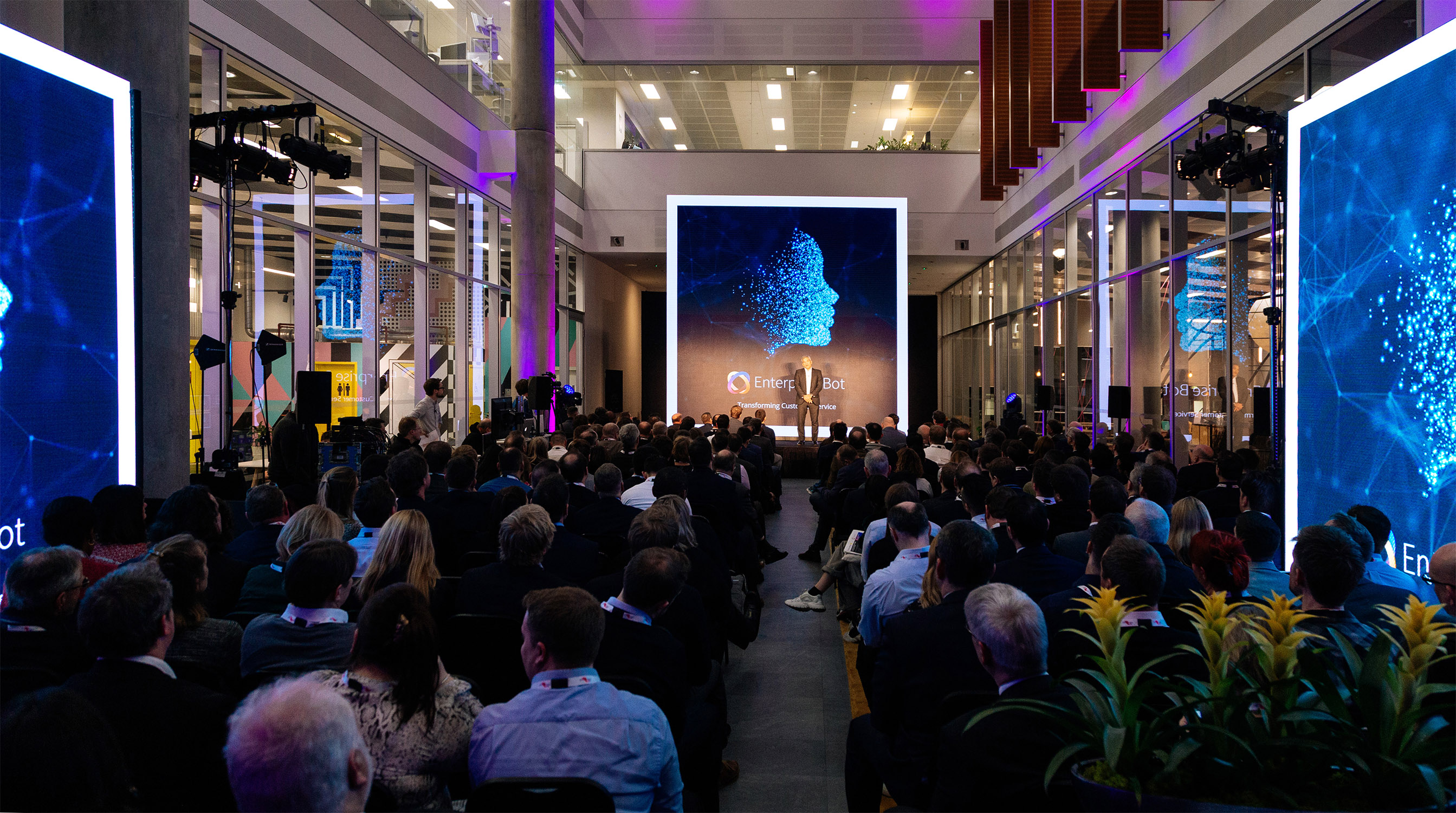
What idea in transport technology has delivered the biggest improvement to passengers over the last three decades? That question was tackled at an innovation round-table organised by the Billion Journey Project in June.
The Oyster card – and smart ticketing in general – was cited as transformational by Gareth Edwards, editor of London Reconnections, who praised Transport for London as an early adopter of quick, easy to use smartcards, now a fixture in cities across the world.
Another breakthrough highlighted was real-time service information delivered to smartphones. By glancing at their phones, passengers know how far away the next bus or train is, saving time and putting an end to the frustration of having no idea how long a wait on a cold winter’s night will last.
Building on that, others pointed to connectivity in information between different transport modes – apps such as CityMapper which calculate in an instant the quickest way from A to B in any given city.
 Moderated by Enrique Fernandez-Pino, Chief Innovation Officer at Go-Ahead Group, the round-table at Govia Thameslink Railway’s London headquarters brought together the founders of several Billion Journey Project cohort companies – Ordoo, Fairtiq, AirPortr and Dovu – with transport influencers and experts.
Moderated by Enrique Fernandez-Pino, Chief Innovation Officer at Go-Ahead Group, the round-table at Govia Thameslink Railway’s London headquarters brought together the founders of several Billion Journey Project cohort companies – Ordoo, Fairtiq, AirPortr and Dovu – with transport influencers and experts.
Ian McLaren, Chief Financial Officer at GTR, opened the discussion by pointing out that GTR carries just shy of a million passengers every day – more than four times the number of people who go through Heathrow Airport daily – and that the Southern network doubles in size every eight years.
For many commuters, Ordoo suggested that “time is the most precious commodity”, adding that “we can waste up to a year of our lives waiting for food and drink”. The app allows passengers to jump the queue by ordering and paying for coffee, snacks or meals at station cafes in advance.
Jonas Lutz of Fairtiq, joining by video link from Switzerland, showcased his company’s hardware-free ticketing which operates across multiple modes of transport: “It’s so easy to use that a monkey after three gin and tonics could operate it.”
Tactics to “nudge” passengers towards more environmentally friendly transport were highlighted by Krasina Mileva of Dovu, which rewards passengers with tokens – exchangeable for cash or rewards – for making small but important changes to their mobility choices.
Meanwhile, Randel Darby of AirPortr discussed research that showed that as soon as people are liberated from carrying heavy luggage to the airport, they switch from cars and taxis to trains or tubes.
 On how to foster innovation in the industry, Neil Cattermull, Director of The Future as a Service, suggested that transport operators ought to buddy up with technical vendors of their choice, although the group discussed the often innate conservatism at rail operators, which have long-standing employees, low turnover and supply chains with very long histories.
On how to foster innovation in the industry, Neil Cattermull, Director of The Future as a Service, suggested that transport operators ought to buddy up with technical vendors of their choice, although the group discussed the often innate conservatism at rail operators, which have long-standing employees, low turnover and supply chains with very long histories.
Another consideration in the swift adoption of technology is inclusion – mass transit operators need to consider people with accessibility needs, those who struggle with technology or simply those without access to bank accounts and electronic money – in implementing new ideas.
Looking forward, participants identified three themes likely to loom large in transport over the next decade. The first was the speed and accessibility of information, with yet more to come at the touch of a smartphone app – including real-time information about crowding on particular services, or about the projected time for an individual bus to complete its route given traffic conditions.
Gamification was a second theme to project and understand passenger behaviour – exemplified by Overcrowd, a tactical management game in development which allows participants to build and manage a subway station.
Finally, there was a discussion of Hyperloop concepts, under which passenger pods travel at high velocity through vacuum tubes, free of air resistance. Many of those around the table felt that this was likely to be more applicable for goods logistics than for passengers.
With the proportion of the population living in cities edging upwards, all agreed that technology will be vital in solving the ever-present challenges of crowding, air quality and productivity.




